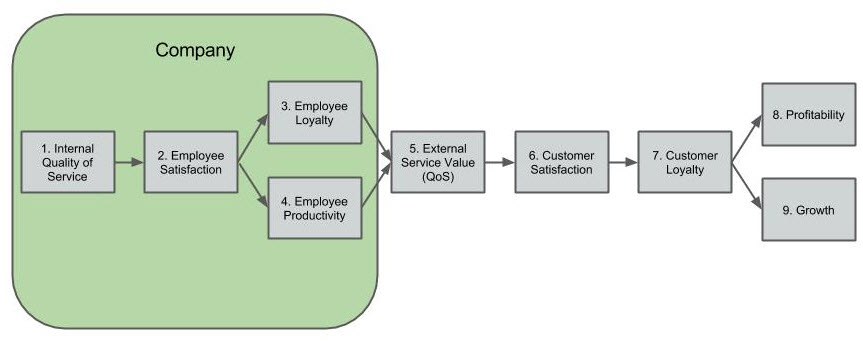Service Model
Service Models & Profitability
Growth and profitability in organization is driven by satisfied customers. Whether you're an airline, a cable company, a restaurant, or provider of insurance, some percentage of the perceived quality of your product is tied to the associated service provided. The degree to which customer satisfaction is tied to your product vs. the quality of service provided naturally varies from industry to industry. However, in the tertiary sector of the economy, or the service industry, clearly the service provided will influence not only customer satisfaction, but customer loyalty, which drives growth and profitability.
Examples of tertiary sector industries
Examples of tertiary industries may include the following: Template:Div col
- [1]
- Government
- Telecommunication
- Hospitality industry/Tourism
- Mass media
- Healthcare/hospitals
- Public health
- Information technology
- Waste disposal
- Financial services
- FMCG
- Professional services
- Consulting
- Gambling
- Retail sales
- Franchising
- Real estate
- Education
None of these concepts are new; companies recognize that loyal customers can heavily influence profitability and growth. Companies go to great lengths to understand their customer satisfaction (or C-Sat) scores, using various methods. Net Promoter Score (NPS) is a common method in use today, in addition to Voice of the Customer and general satisfaction surveys. But while organizations are commonly collecting these external scores, most organizations fail to take "external satisfaction" and focus on the complete service model, which starts with internal quality of service.
Internal Quality of Service
When I reference internal quality of service, I am speaking of attributes associated with an employee's feelings they have toward their job, their colleagues, and their company. The notion of employee happiness is often either "under-measured" or overlooked completely. Many companies conduct an internal employee satisfaction survey annually, but rarely is internal employee satisfaction measured with the same rigor as external quality. And elements that contribute to positive employee feelings are commonly first to go when budgets get tight, and cost cutting measures are being pursued.
This disconnect between measuring and managing internal employee satisfaction and external customer satisfaction is a break down in what is commonly referred to as the Service-Profit chain.
